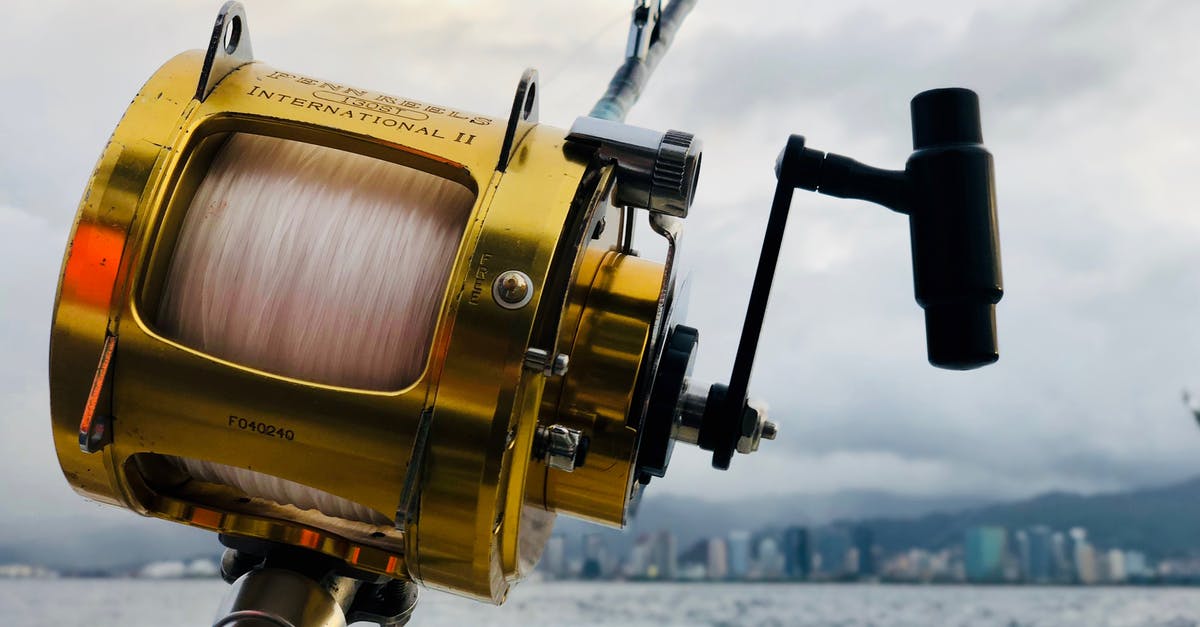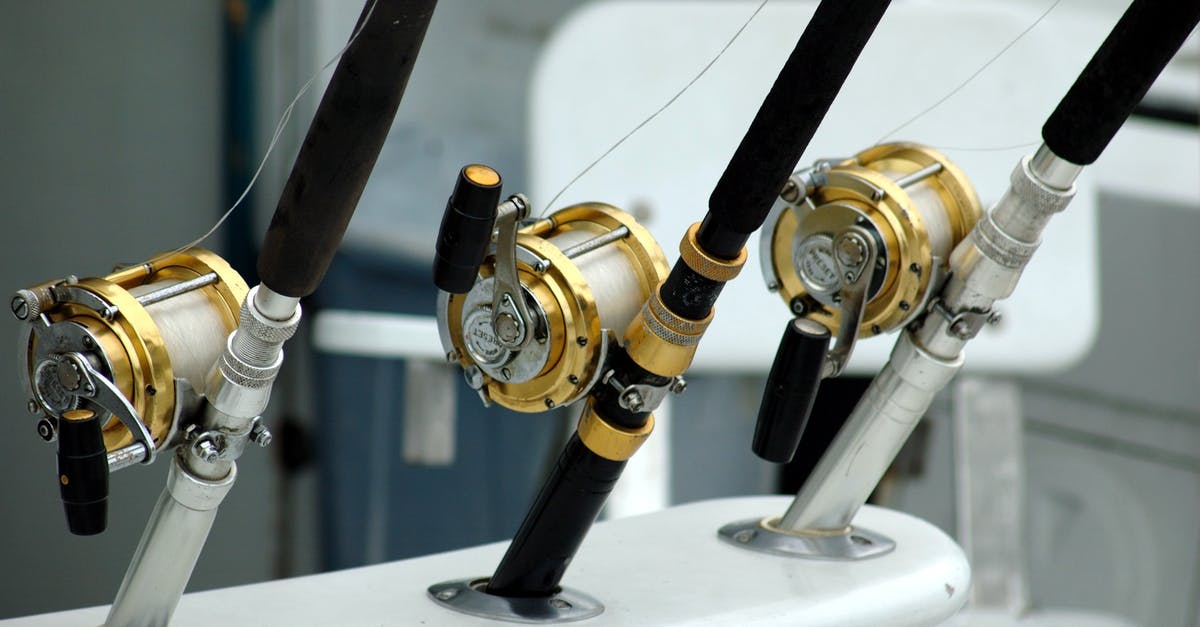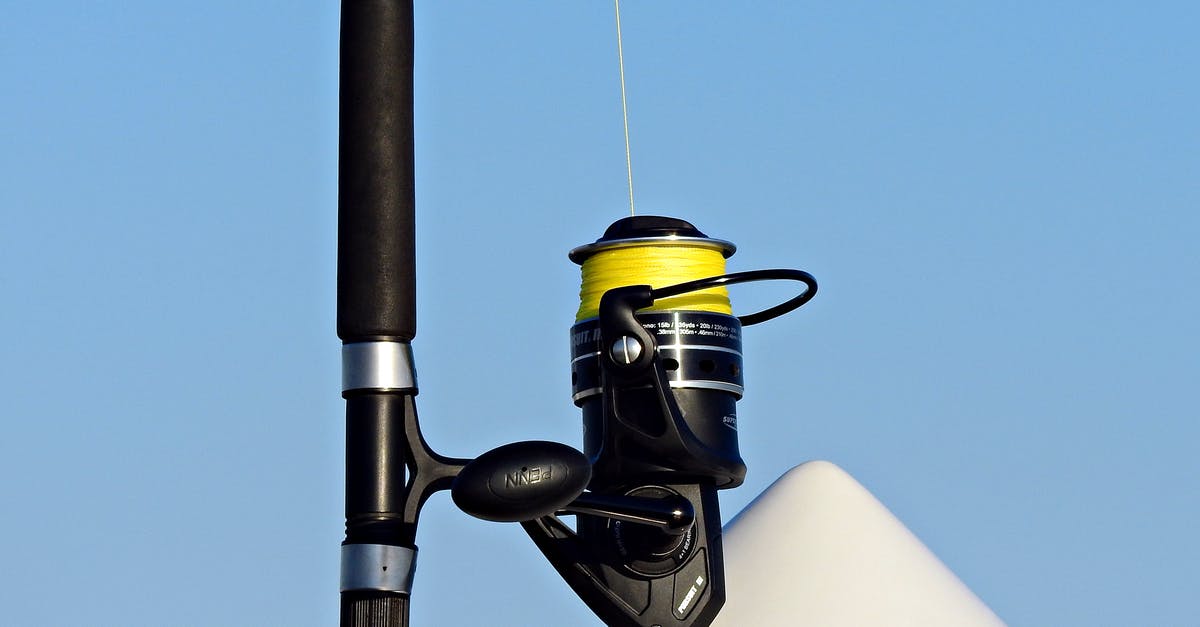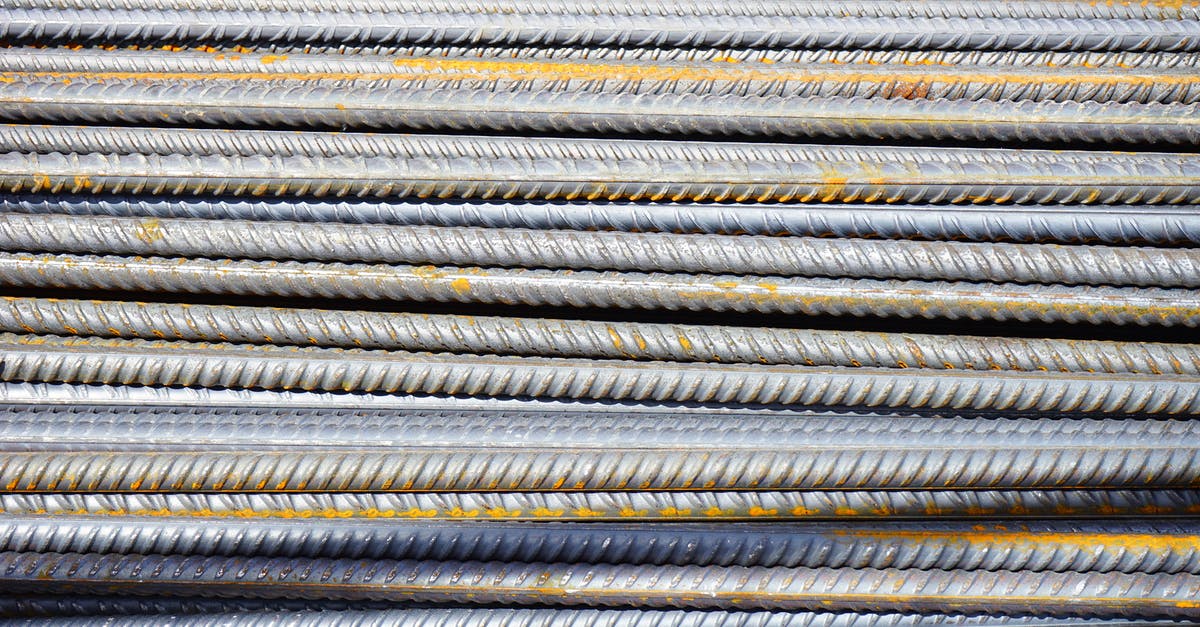Steel honing rod vs ceramic honing rod

I got a fairly expensive Kramer/Zwilling knife as a present and so now I am forced to learn how to at least hone a knife (or keep it on a shelf and never use it). I think for now I'll let a pro actually sharpen the knife since the knife sharpening sets are fairly expensive and I don't want to ruin the knife.
Anyhow, I was wondering if i should go with a ceramic or steel honing rod? If it makes a difference the blade is damascus steel. Any other considerations I should look at when honing this blade?
Best Answer
It depends on how often you want to hone, what steel and edge geometry your knife uses, and how you use it.
Generally, for the vast majority of kitchen knives -- even Kramer knives -- the following apply:
- The knife is made of stainless or light carbon steel, to hardness of below 62HRC
- The knife is double beveled although not necessarily symmetrically
- The cook uses primarily slicing or light chopping action, which reduces the chipping damage to the blade that comes from chopping bones and other hard products
If these conditions are true, I would recommend using a ceramic hone and honing frequently.....ideally before every session with the knife. Failure to hone will cause the edge to soften, fold or burr in a way that a hone cannot restore, which is when you'll need to send it on for sharpening.
Some notes:
- Make sure you have a good cutting board. Stay away from brittle hard surfaces like marble glass or stone, and use wood or plastic.
- FWIW I like the Epicurean boards because they're hardy, they don't splinter like bamboo, don't need the conditioning required of butchers blocks, and are better looking than plastic..... But this is a separate and more subjective topic.
- If you are using high carbon, very hard steel then a ceramic hone will have limited effect so you may need to use a leather strop, fine wet stone or even steel to hone that edge. Contrary to popular opinion, very hard blades are not necessarily better and can be a real pain to maintain.
- If you have a single beveled edge typical of some Japanese knives, then honing is more difficult....in this case learn where the bevel is and be careful of your honing angles to make sure you don't fold or dull the edge accidentally
- If you're using your knife as a chopper with bone or hard products then honing will have little effect since the chop impact will be damaging the blade. Get a separate chopper!
Pictures about "Steel honing rod vs ceramic honing rod"



What does a ceramic honing rod do?
It's a kitchen tool that looks a bit like a less-menacing sword. Mounted on the handle is a rounded stick-like rod\u2014typically made from steel, ceramic, or diamond-coated steel. They're commonly used to straighten the edge of a knife as it's gently dragged along the rod from heel to tip in a downward slicing motion.Does ceramic hone or sharpen?
Ceramic steels (which should maybe be called ceramics, not steels) are capable of rubbing off a teeny-tiny amount of metal from your knives as you hone them, which you can immediately see as gray streaks on the white ceramic rod. This means that they have a slight sharpening effect.How do I choose a honing rod?
The main difference between a sharpening and a honing steel is therefore whether or not material is removed. Honing steels are made from steel that has no sharpening function. Sharpening steels are ceramic or have a diamond coating and therefore harder than steel.Which Type of Honing Steel is Right For Me?
More answers regarding steel honing rod vs ceramic honing rod
Answer 2
Observations after using a typical "swedish carpenter's" hone for a while:
These are indeed lightly abrasive, so it will never only hone, but sharpen/polish. This means that:
you have to observe all the cautions that would apply to actually sharpening, be more careful with getting the angles correct - too shallow can scratch (or even remove an intentionally set microbevel), too steep will microbevel the knife (which you might intentionally do). You could even raise a burr and hone it into a wire edge by accident.
a fine edge polish will be degraded if the effective grit of the hone is lower than that of the finishing stone used in sharpening.
tired metal will slowly get removed - a good thing. Especially with steels where the burr will be brittle, and become even more brittle when being bent back (very hard pure carbon steels can pull nasty tricks on you that way).
the ratio of honing vs abrasive action will be quite dependent on steel hardness and toughness (a very soft steel might be found to mostly hone - haven't tried; same with a very hard one (AS@65+), as I surprisingly found).
Sources: Stack Exchange - This article follows the attribution requirements of Stack Exchange and is licensed under CC BY-SA 3.0.
Images: Brent Keane, Pixabay, Allen Beilschmidt sr., Pixabay
